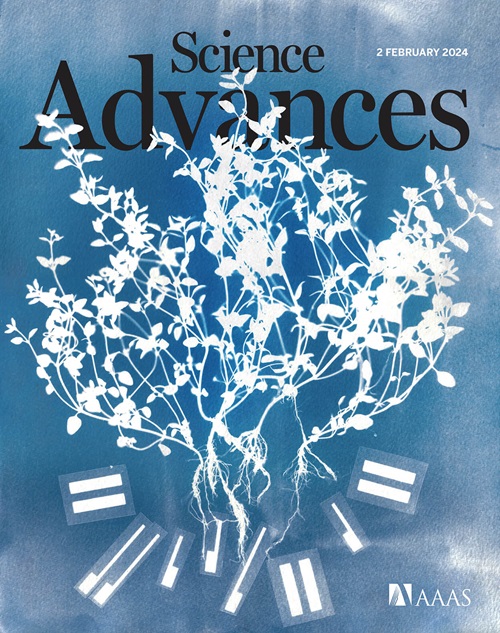Metabolomic age (MileAge) predicts health and life span: A comparison of multiple machine learning algorithms
IF 11.7
1区 综合性期刊
Q1 MULTIDISCIPLINARY SCIENCES
引用次数: 0
Abstract
Biological aging clocks produce age estimates that can track with age-related health outcomes. This study aimed to benchmark machine learning algorithms, including regularized regression, kernel-based methods, and ensembles, for developing metabolomic aging clocks from nuclear magnetic resonance spectroscopy data. The UK Biobank data, including 168 plasma metabolites from up to N = 225,212 middle-aged and older adults (mean age, 56.97 years), were used to train and internally validate 17 algorithms. Metabolomic age (MileAge) delta, the difference between metabolite-predicted and chronological age, from a Cubist rule–based regression model showed the strongest associations with health and aging markers. Individuals with an older MileAge were frailer, had shorter telomeres, were more likely to suffer from chronic illness, rated their health worse, and had a higher all-cause mortality hazard (HR = 1.51; 95% CI, 1.43 to 1.59; P < 0.001). This metabolomic aging clock (MileAge) can be applied in research and may find use in health assessments, risk stratification, and proactive health tracking.

代谢组年龄(MileAge)可预测健康和寿命:多种机器学习算法的比较
生物衰老时钟产生的年龄估计可以追踪与年龄相关的健康结果。本研究旨在对机器学习算法进行基准测试,包括正则化回归、基于核核的方法和集成,用于从核磁共振波谱数据中开发代谢组学衰老时钟。英国生物银行(UK Biobank)的数据,包括168种血浆代谢物,来自多达225,212名中老年人(平均年龄56.97岁),用于训练和内部验证17种算法。代谢组年龄(里程)delta,即代谢预测年龄与实足年龄之间的差异,是基于立体主义规则的回归模型,显示出与健康和衰老标志物的最强关联。里程较长的人更虚弱,端粒较短,更容易患慢性疾病,对健康状况的评价更差,全因死亡率风险更高(HR = 1.51;95% CI, 1.43 ~ 1.59;P & lt;0.001)。这种代谢组老化时钟(里程)可以应用于研究,并可能在健康评估、风险分层和主动健康跟踪中找到用途。
本文章由计算机程序翻译,如有差异,请以英文原文为准。
求助全文
约1分钟内获得全文
求助全文
来源期刊

Science Advances
综合性期刊-综合性期刊
CiteScore
21.40
自引率
1.50%
发文量
1937
审稿时长
29 weeks
期刊介绍:
Science Advances, an open-access journal by AAAS, publishes impactful research in diverse scientific areas. It aims for fair, fast, and expert peer review, providing freely accessible research to readers. Led by distinguished scientists, the journal supports AAAS's mission by extending Science magazine's capacity to identify and promote significant advances. Evolving digital publishing technologies play a crucial role in advancing AAAS's global mission for science communication and benefitting humankind.
 求助内容:
求助内容: 应助结果提醒方式:
应助结果提醒方式:


